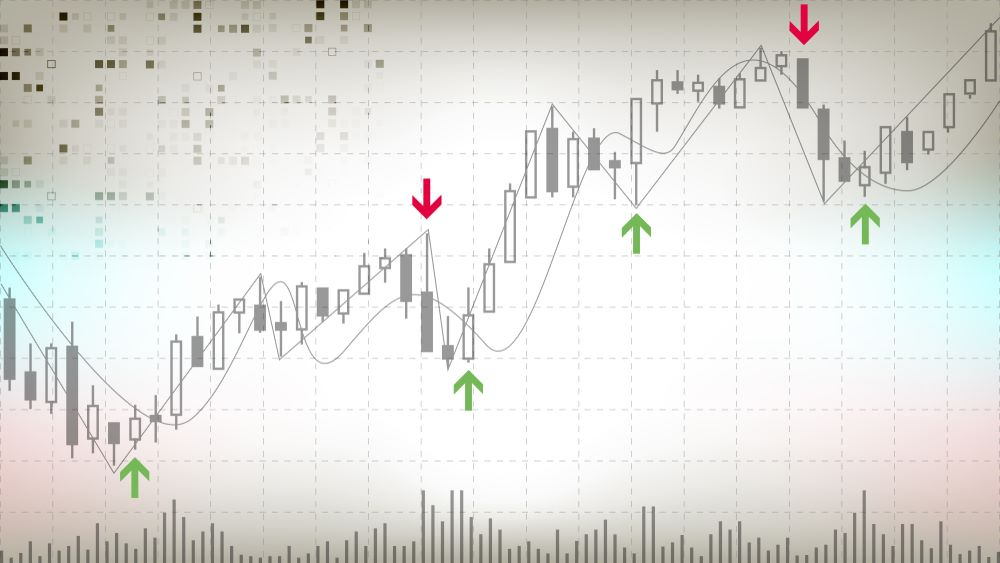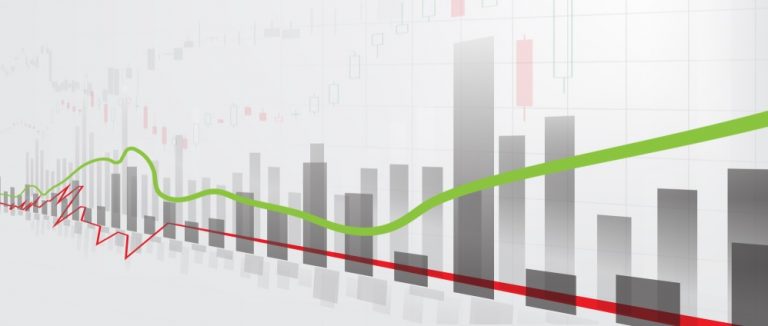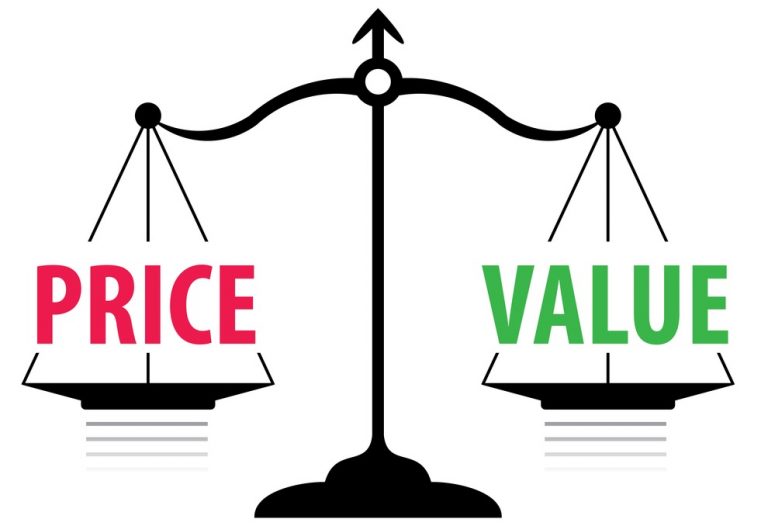
We’ve mentioned at length the dangers of dealing with leverage, and the potential pitfalls associated with ill-advised, leveraged trades. Given the notionally unlimited liability of traders in respect of negative leveraged positions, it is important to take steps to mitigate any such losses, closing out downward positions as early as practical and ensuring sufficient cover across the rest of the portfolio to pick up the slack.
While there are no guarantees in trading, there are a number of ways in which you can stack the odds in your favour, and by employing a considered, intelligent leverage strategy, it can be possible to reduce the likelihood of total financial meltdown, while preserving profitable positions and your trading capital.
When dealing with any margined product, and CFDs in particular, your trading capital is automatically at risk from wayward positions. It’s part of the deal – in order to reap the rewards of leveraging trades, traders have to bear the brunt of leveraged positions that move against them, and the broker will have recourse to any trading balances in the first instance to fund margin requirements for negative leveraged trades.
This means that where your total liability outstrips the initial margin amount on a given transaction, the remainder of your trading account is vulnerable to a margin call from the broker. Importantly, this also includes other open, and potentially profitable, positions, which may be liquidated in order to fund your margin requirements.
If you fail to keep on top of your exposure to negative leaning leveraged positions, you could end up sacrificing much of your remaining trading account in meeting your funding requirements, and there is no bottom limit at which your liability is halted – indeed, you may even be forced to deposit more heavily into your trading account to cover your losses.
Limiting Potential Losses
Thankfully, CFD trading need not be this brutal, and with careful management of mitigation strategies it can be possible to limit the extent to which one rogue trade can affect your remaining trading activity. The most direct way of limiting your losses is to position a stop loss underneath a recent low-point price for the stock, commodity or index on which your contract relies.
A stop loss is an instruction given to the broker ahead of time to close a position when it looks like it could be heading south. The tighter the stop, the more likely it is that a blip could close your position, while looser stops obviously pave the way for more significant losses. Wherever you position your stop loss, it’s important to see stops as a hand-in-hand companion of CFD trading, and a vital component of sensible margined trading.
Hedging Your Possitions
Further to positioning stops on your leveraged trades, it is also possible to take steps to mitigate losses by a process known as ‘hedging’ – effectively taking two contrary positions in the hope that one with offset the other and lead to a profit regardless of the movements of the market. This might be with two differing contracts for difference, or may cross trading instruments and bases – however the hedge is composed, it must take account of inverse correlations, and should attempt to identify trends of contrary price movement to highlight indexes and assets which seem to respond in sync with price movements of another.
This is the main strategy implemented by the billion dollar hedge funds, who rather successfully manage to mitigate losses by winning back earnings that might otherwise have been lost with one-sided exposure.
Using CFDs for Diversification
Along a similar vein, ensuring you have a diverse trading portfolio is a good way of minimising the effect of individual losses. Too much exposure to one asset class or instrument can never be a good thing, and by spreading your wings to encompass other trading strategies and instruments, it is feasible to spread much of the risk associated with more volatile CFD trades.
Much of the process of mitigating losses with leverage comes from first hand experience, and until you’ve felt the heat from a bad position, it’s hard to really stress the significance of taking steps to handle your exposure. That said, by starting off on a cautious footing and with an understanding of the basic ways in which you can protect your trading capital and cut short losses before they take full swing, it can be possible to limit the damage caused by positions that turn out to be less profitable than anticipated.






